There is a trend emerging. For each return of the British Open championship to a venerable venue, some work has been done since its last staging. A bit like getting a canvas of work by an old master and applying fresh brushstrokes, as it were.
And so it is that, nine years on, the links of Royal Liverpool Golf Club, or Hoylake if you prefer, which stages the 151st Open next week, has been altered since Rory McIlroy lifted the famous Claret Jug in 2014 at a time when he was the game’s dominant player.
The go-to team of architectural masters for the R&A these days are Martin Ebert and Tom MacKenzie – aka Mackenzie & Ebert – and there has been a little more than just touching up applied for this return of the championship to the links set by the mud flats of the River Dee’s estuary.
The original course was designed by Roger Chambers and George Morris, the younger brother of Old Tom, extended to 18 holes in 1871, while Harry Colt was commissioned to redesign it in the early-20th century, and that connect with history has been maintained in that the course will require players to use creativity in crunching the numbers.
READ MORE
It may seem a touch ironic that each of the last two winners at Hoylake – Tiger Woods in 2006 and McIlroy in 2014 – both commended its examination. Woods, it will be recalled, used his driver just once in navigating his way to victory on the baked surfaces in a championship played in the midst of a heatwave.
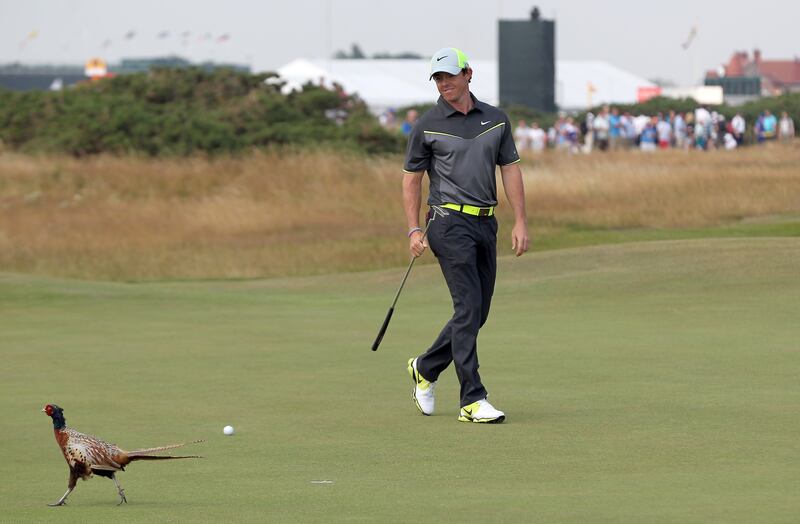
In the aftermath of his win, Woods was asked if Hoylake had “stood the test of time” and he was unequivocal in his reply: “I think it’s a fantastic test. With the golf course being this fast, it lent itself to just amazing creativity . . . these are the most difficult pins I’ve ever seen an at Open Championship. And a couple of times you feel like if you hit a putt too hard you’ll actually putt it right off the green.”
When McIlroy won, he replied to a similar question: “It’s a great golf course. It’s a very fair course.”
McIlroy was 17-under-par in winning, one less than Woods’s total of 18-under. Those winning numbers, perhaps, provide the clue as to why the need for some changes were implemented.
And the modern masters of MacKenzie and Ebert – in consultation with the R&A – have indeed made changes for this latest edition of golf’s oldest championship.
The most significant of all the alterations is the creation of an entirely new hole, the Par 3 17th (called Little Eye) which replaces the Par 4 15th. The hole, in effect, has been reversed although in the same location on the course and plays to a yardage of 139 yards west toward an infinity green set against the estuary. The addition of his new hole brought with it a necessary reshuffling in the order of the closing holes.

What else has been done? Some new bunkers and tee complexes have been added and sandy areas in the dunes on holes 13 and 14 have been introduced and several fairways and greens have been shifted. The 10th has been converted from a Par 5 to a 507 yards Par 4 and the course will play to a yardage of 7,383 and a par of 71.
Ebert – who with MacKenzie was responsible for the work done at Royal Portrush in advance of the return of the British Open in 2019 and who also redesigned the front nine at The Island in recent years – described the project at Royal Liverpool as being “an extremely exciting one overall”.
He said: “The opportunity to create a new hole on a great links such as Hoylake is a rare one. The hope and expectation is that not only can a very short hole produce significant drama for the penultimate hole of the Open, but also provide the club with a hole which members and visiting golfers from around the world will be hugely excited to play. It is also a real advantage of the new hole project that the championship 15th and 18th par 5 holes [are] strengthened with new back tees.”
The course changes have also made for easier navigation of spectators around Hoylake with an expected attendance through the week of 260,000 fans, some 30,000 more than the crowd present for McIlroy’s win in 2014.

The changes may have altered the closing stretch of holes but it is likely the examination will produce a worthy champion golfer as has been the case in each of the 12 past stagings in the Wirral, where among those who claimed the Claret Jug were Walter Hagen (in 1924), Bobby Jones (in 1930), Fred Daly (in 1947), Peter Thomson (in 1956) and Roberto de Vincenzo (in 1967).
There would be a gap of 39 years from the Argentine’s win before the championship returned to Hoylake and it was graced in 2006 with Woods as its champion and for McIlroy to follow in 2014. Whoever wins this 13th time of asking at Hoylake will be in rather good company.
Five to watch
Jon Rahm

World ranking: 2nd
Best Open finish: Tied-3rd (2021)
Odds: 9/1
Rahm has gone old school in preparing for his latest tilt at a Claret Jug. Rather than playing in the Scottish Open, Rahm took time out for a family break at home . . . and then got serious by making a pre-Open trip to Ireland to play some links golf, including Ballybunion. It’s a route previously taken with some success by Tiger Woods, Mark O’Meara and Stewart Cink among others as the Masters champion seeks to bookend the Majors this year with another win.
Rickie Fowler
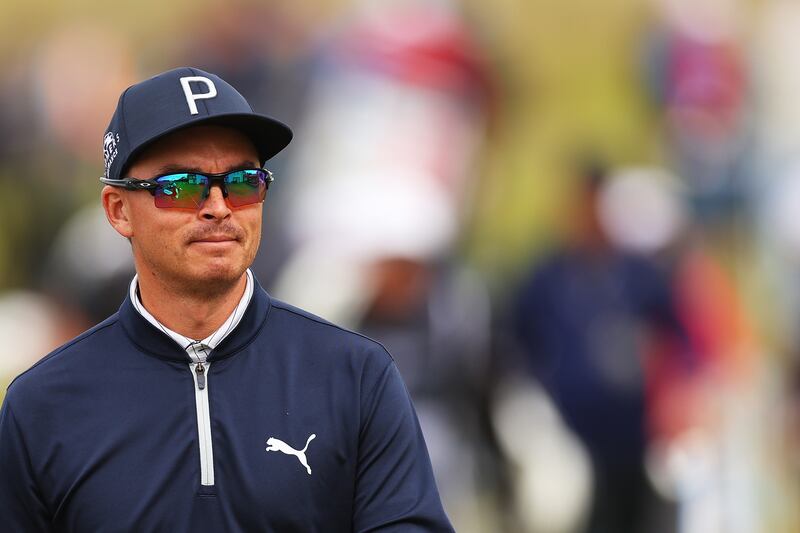
World ranking: 21st
Best Open finish: Tied-2nd (2014)
Odds: 22/1
Fowler’s rejuvenation since going back to coach Butch Harmon has been extraordinary. This time last year he was an absentee from the championship when it was played at St Andrews and he was ranked 148th in the world. Fast forward a year and he is one of the in-form players on the PGA Tour with a win in the Rocket Mortgage Classic one of four top-10s in his last five appearances. The Old Rickie is back and that means he can contend for a breakthrough career Major title with some confidence.
Pádraig Harrington
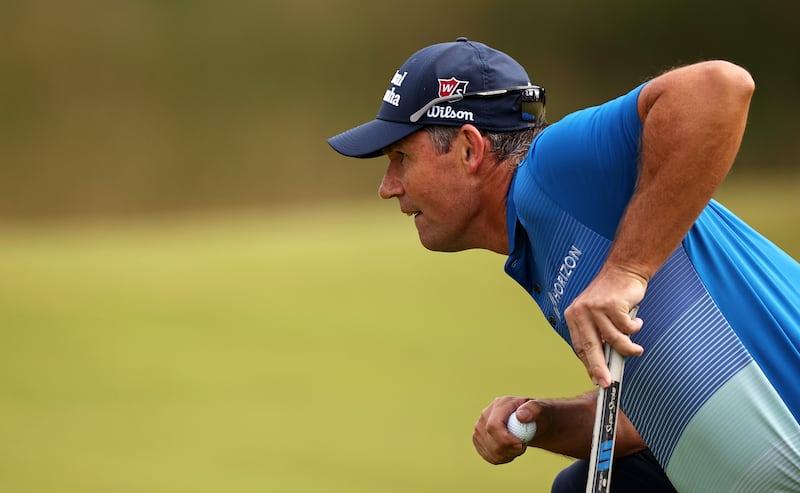
World ranking: 192nd
Best Open finish: 1st (twice – 2007, 2008)
Odds: 100/1
The old dog for the hard road and all that. Harrington has been juggling his time successfully on three different tours so far this season – the DP World Tour, the PGA Tour and the Champions Tour – and there is no slowing down from the 51-year-old Dubliner. He is a master of links golf, the taste of the salt air stirring his senses.
Cameron Smith

World ranking: 7th
Best Open finish: 1st (2022)
Odds: 16/1
It is remarkable that Smith has maintained his place in the world’s top-10 after defecting to LIV Golf where there are no world ranking points available. However, a tied-9th at the US PGA and fourth-placed finish in the US Open has demonstrated that the defending champion has gone into the Majors full of vigour. A recent win on the LIV circuit in Valderrama has only confirmed his wellbeing. And, of course, his putting is second to none.
Ewen Ferguson
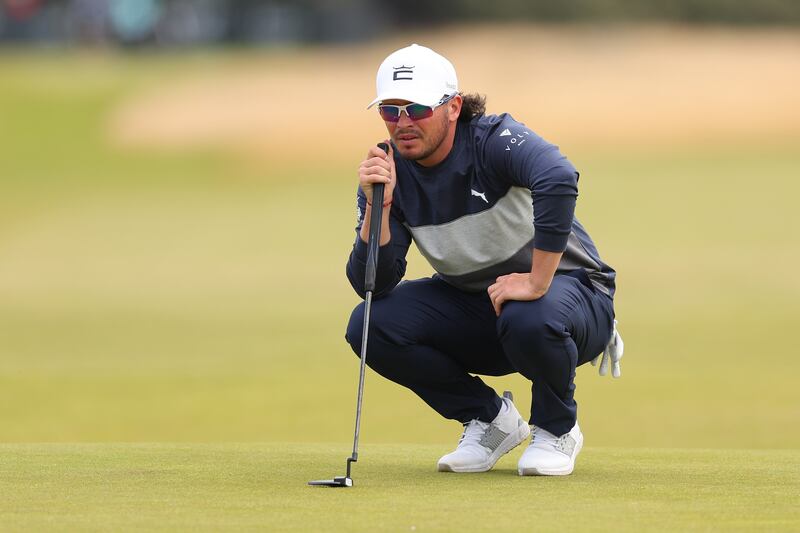
World ranking: 134th
Best Open finish: Debut
Odds: 175/1
You want a long shot, you’ve got one. Ferguson may not be on many people’s radar but the Scot is a serious player – a two-time winner on the DP World Tour – and his form this season is not to be sniffed at, with four top-10s on the European circuit including a tied-4th in the recent British Masters. Oh, and he is also a winner at Hoylake. He won the Boys Amateur Championship on the links back in 2013.
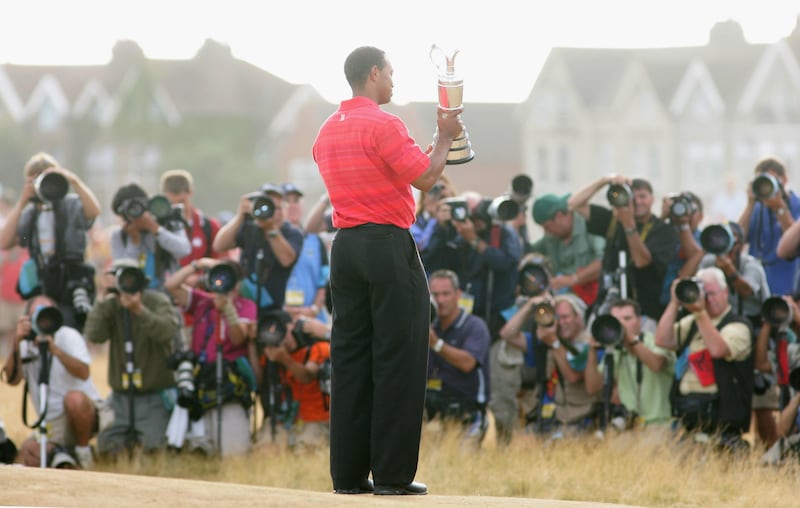
Seventh heaven
Did you know, there are no fewer than seven trophies and medals awarded at The British Open each year . . .
1 The Golf Champion Trophy – also known as the Claret Jug – is awarded to the winner of the championship.
2 The Gold Medal – first handed out in 1872 when the Claret Jug wasn’t ready – is also awarded to the champion golfer.
3 The Silver Medal – is awarded to the leading amateur who must complete all four rounds.
4 The Bronze Medal – which has been awarded since 1972 – is given to all amateurs who make the cut and play all four rounds.
5 The Rye Memorial Medal – awarded since 1901 – is presented to the winner if he is a member of the Professional Golfers’ Association of Britain and Ireland.
6 The Braid Taylor Memorial Medal – is another award related to the PGA, given to the highest finishing PGA Member who was born, or with a parent born, in the UK or Ireland.
7 The Tooting Bec Cup – is actually a medal, not a trophy, and it is the PGA’s oldest prize dating back to 1901. It is awarded at the Open to the PGA member born, or with a parent born, in the UK or Ireland who returns the lowest single-round score in the championship.




















